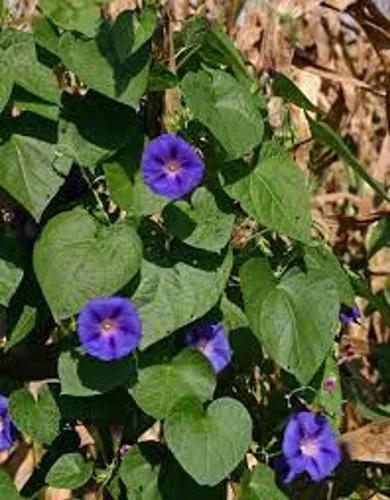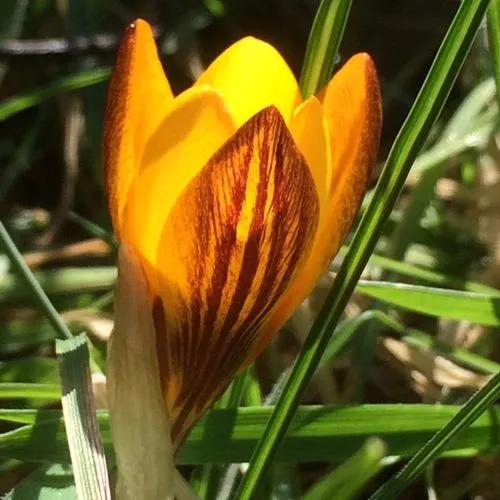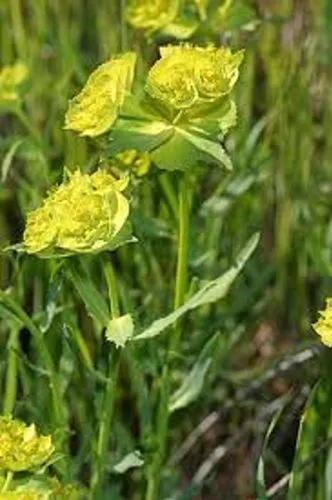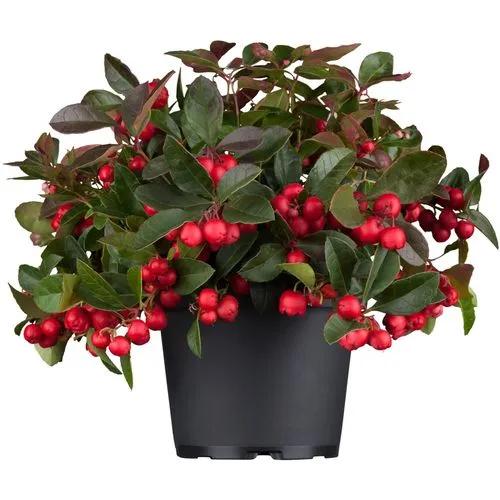A lovely cheerful very aromatic plant for hot sunny areas. Grown as a annual in zones 7 and above and a tender perennial zone 8-11. In most cases it produces a lowish growing shrub like herb about 12 " high with bright yellow flowers from mid summer that will persist until the frost. Its fairly drought tolerant and the strong anise licorice aroma sends a wonderful scent across the garden. Use for low borders sunny pots and rockery areas. The strong flavor keeps the deer and rabbits away while giving bright color to the garden all summer long. Its also a great substitute for French tarragon and great in salads.This Mexican native is a popular culinary herb in Latin America. Dried leaves are used as a substitute for French Tarragon. Both the dried leaves and flowers can be used to brew tea. Fresh flowers are a beautiful and tasty addition to salads and may be used as a garnish on the dinner plate. Plant Mexican Tarragon around porches and patio as a natural deterant to insects.
Mexican Mint Marigold Care
Tagetes Lucida



How to Care for the Plant

Water

Water after becoming established: Monthly to weekly depending on temperature and appearance. This plant can survive on low water but needs regular water to bloom.

Pruning

In mid-summer, trim to shape and reduce size if desired. Removing spent flowers quickly extends the blooming season.

Fertilizer

Herbs planted in the garden don’t require additional fertilizer. Apply a 1-2” (3-5cm) layer of mulch or compost. As mulch breaks down it supplies nutrients to the plants and improves the overall soil condition at the same time.

Sunlight

Sun to Part Shade

Soil

Well drained, moderate organic content, tolerant of soil types, pH 6.1-7.8 (slightly acidic to slightly alkaline).

Temperature

Plants in general are not very cold-hardy when grown outdoors in Britain, though some forms will survive outdoors at least in the milder areas of the country. We have plants grown from seed collected in Oregon that have proved hardy to at least -5°c

Additional

Ornamental, culinary. The strong-flavored leaves are used raw in salads, as a tarragon substitute in cooking, and was used by the Aztecs to flavor a chocolate drink. An anise-flavored tea, made from the leaves and flowering tops, is very popular in Latin America. The flowers can be used fresh to color salads. The whole dried plant can be dried, ground to powder, and burnt as incense to repel insects.

Popularity

191 people already have this plant 29 people have added this plant to their wishlists
Discover more plants with the list below
Popular articles






